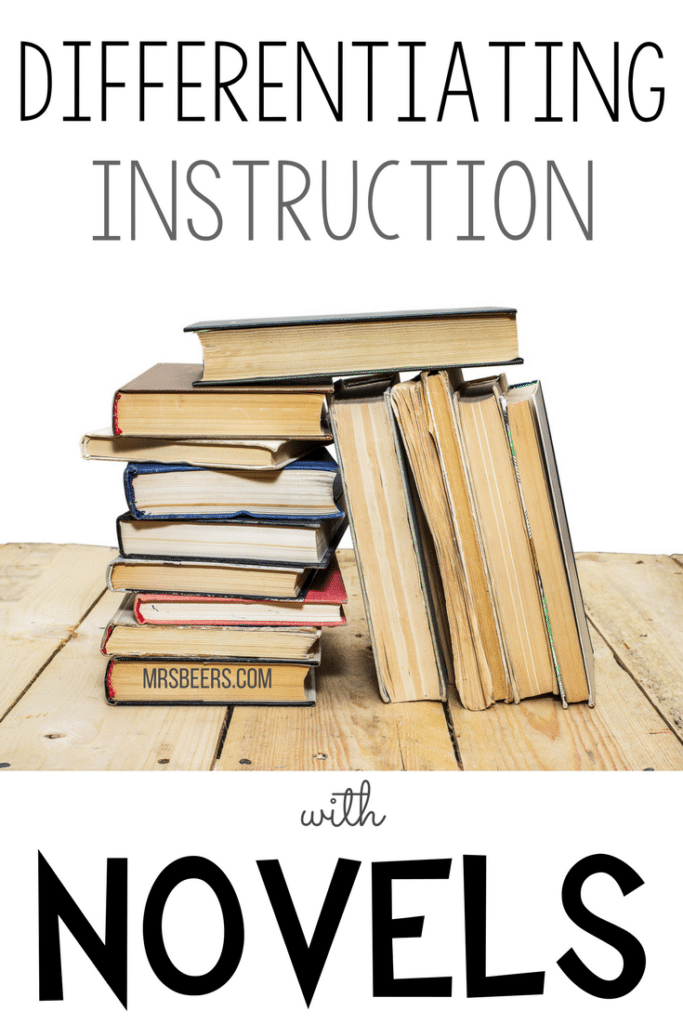
How does your classroom support student engagement? While we’d all like to think that our lesson plans keep students interested throughout the entire class period, the truth is that there are a variety of factors that influence student engagement. I like to think of my classroom almost as an “ecosystem” for learning, where I need to consider all student interaction points in order to maximize their interest and comprehension.
For me, an engaging classroom is one where students feel inspired and important. A place where their work is valuable and the opportunities to learn are easy to see. By thinking about student engagement at the classroom level, I get more options to inspire my students across cognitive, behavioral, and emotional levels. Here are some of the strategies I use to create an engaging classroom environment.
Build a Community
My goal is for students to feel a sense of belonging every day they walk into my classroom. One way I do this is by creating bulletin boards that feature their names, pictures, and work samples to emphasize their contributions to our classroom community. You can do this at the beginning of the year by creating a “meet the class” display. Refresh it throughout the year with themes like student book recommendations, favorite quotes, writing samples, and pictures.
Differentiated ACTIVITIES
Engaging middle schoolers requires a full toolbox of learning activities. There will always be a place for traditional lecture instruction, but the best way to sustain engagement is to utilize other activities for discovery, practice, and reinforcement. Some of my favorite ELA tools include reader’s theater, task cards, novel projects, reader notebooks, and chit chat cards for guided discussion.
Purposeful Decor
My classroom walls are not just walls; they’re learning canvases. My classroom decorations include a word wall with literary vocabulary, classroom expectations, growth mindset posters, and inspirational quotes dotted around the room that serve as constant reminders of the power of words and the importance of perseverance. These visual aids are not just decorative; they’re functional tools that reinforce learning even when students’ attention drifts.
Empower Learning Choice
It is important to give students some control over their learning. This could be as simple as letting them choose between different book titles or project topics. Giving students a voice in their education fosters a sense of ownership and responsibility, leading to higher engagement levels. Another easy way to incorporate learning choice is by incorporating student-led discussions where they can lead the conversation on a topic.
Add Real-World Connections
Students are more engaged when they see the relevance of what they’re learning to the real world. Try to relate your lessons to current events, everyday life, or potential career paths. This approach not only piques their interest but also helps them understand the practical applications of their education. As an ELA teacher, I always challenge students to find literature references or grammar mistakes they see in the real world.
Collaborative Learning
Encourage group discussions, projects, and hands-on activities that require collaboration. This not only makes learning more dynamic but also helps students develop essential social and communication skills. Some ideas I’ve had success with in the past include peer feedback sessions, book club discussions, literature circles, and debate team events.
Personalize Your Approach
Every classroom of students is unique. What works well in my classroom might not resonate as well with your students. It’s crucial to adapt these strategies to fit your students’ needs and your teaching style. I continuously refine my approach based on student feedback and my observations, ensuring that my methods align with their learning styles and interests.
Creating an engaging classroom is a dynamic process that includes multiple touch points. Student engagement is not a constant state or a single activity. To foster engagement, teachers have to be in tune with the whole learning environment. It’s about understanding your students, experimenting with different strategies, and continually evolving as an educator.







